A partner you can trust
Essential Guide to Choosing the Right Cable Conduit for Your Electrical Projects
When embarking on electrical projects, selecting the appropriate cable conduit is critical for safeguarding wires and enhancing overall system efficiency. According to the National Electrical Manufacturers Association (NEMA), the demand for reliable and durable cable conduits has surged, reflecting a significant growth in the construction and utilities sectors, projected to reach $3.5 billion by 2026.
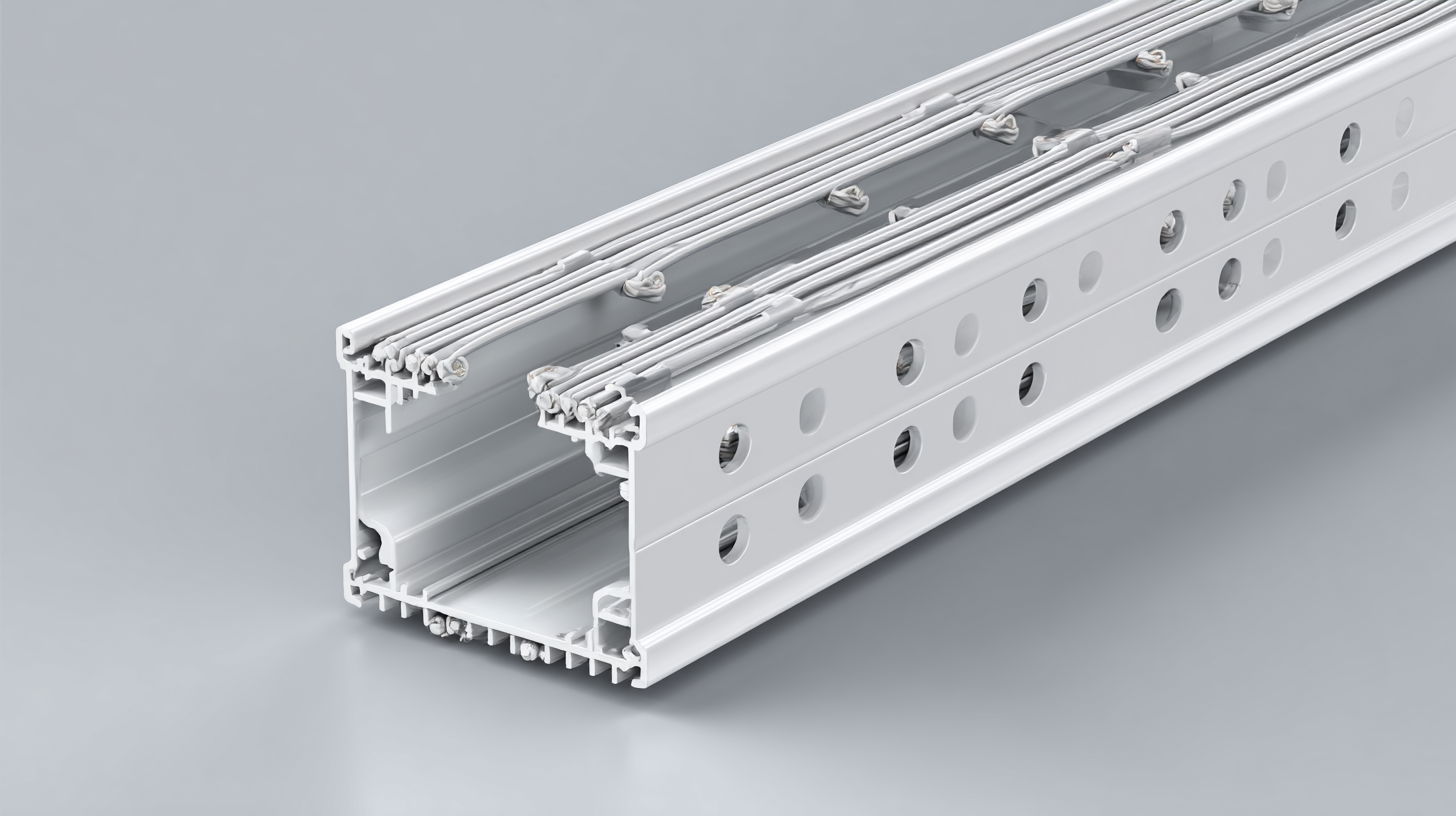
A well-chosen cable conduit not only prevents damage from environmental hazards but also ensures compliance with safety regulations, thereby minimizing operational risks. With various types available, including rigid, flexible, and non-metallic conduit systems, understanding the specific requirements of your project is essential to making an informed decision.
This guide aims to provide a comprehensive overview of the factors to consider in selecting the right cable conduit, ensuring that your electrical installations are both safe and efficient.
Identifying Different Types of Cable Conduits for Specific Electrical Needs
When it comes to electrical projects, selecting the appropriate cable conduit is vital for ensuring safety, longevity, and efficient operation. Different types of cable conduits serve distinct functions and are suited for various environments. For instance, PVC conduits are lightweight and moisture-resistant, making them ideal for outdoor installations, while metallic conduits provide robust protection against physical damage and electromagnetic interference, which is particularly important in industrial settings.
**Tips:** Consider the specific environmental conditions your cables will be exposed to. If your project is in a greenhouse, assess the potential for moisture and temperature fluctuations. Additionally, the scale of your operation can affect conduit choices; larger setups may benefit from durable, high-capacity conduits to manage increased electrical requirements.
Choosing the right conduit also depends on the type of cables being used. For instance, if you are working with data and communication cables, a non-metallic conduit may help prevent signal interference. On the other hand, if safety and fire resistance are a concern, selecting conduits made from fire-retardant materials can enhance protection. Always consult with regulations and guidelines specific to your region to ensure compliant and safe installation practices.
Evaluating Material Options for Durability and Flexibility in Conduits
When it comes to selecting the right cable conduit for your electrical projects, evaluating material options for durability and flexibility is crucial. Different conduit materials offer various benefits depending on the specific requirements of your installation. For instance, rigid PVC conduits are highly resistant to corrosion and UV rays, making them ideal for outdoor applications, whereas flexible conduits are more suitable for tight spaces and applications that require bending.
Tips: Always consider the environmental conditions where the conduit will be installed. If the conduit will be exposed to harsh weather or physical impact, investing in a more durable option like metal or rigid PVC can save you money in the long run. On the other hand, for indoor projects that require routing around obstacles, opt for a flexible conduit that can easily adapt to your needs without risking damage to the wires within.
Additionally, evaluating thermal resistance is important, especially in high-temperature environments. Materials like fiberglass or high-temperature PVC can withstand elevated heat levels, ensuring the longevity of your electrical installations. Ensuring that the chosen conduit meets both durability and flexibility requirements will maximize the effectiveness and safety of your electrical systems.
Understanding Local Code Requirements and Safety Regulations
When undertaking electrical projects, it is crucial to understand local code requirements and safety regulations. Compliance with these standards not only ensures the safety of the installation but also protects the integrity of the entire project. Local building and fire codes, such as those established in Denver, set minimum standards for construction and electrical work. Adhering to these regulations mitigates risks associated with electrical fires and other hazards, promoting a safer environment for both workers and occupants.

Besides adhering to codes, implementing a structured safety management program is essential. Such programs should encompass core elements that focus on identifying and mitigating workplace hazards, thereby fostering a culture of safety. As highlighted in recent discussions about safety management practices, organizations are encouraged to proactively embed safety measures in their operations. This approach not only enhances compliance with local codes but also aligns with broader safety regulations, reinforcing a commitment to risk management in any electrical project.
Assessing Installation Complexity: Choosing Between DIY and Professional Help
When tackling electrical projects, the decision between DIY installation and hiring a professional often hinges on the complexity of the task. Recent industry reports highlight that nearly 70% of DIYers underestimate the technical requirements of their projects, leading to potential safety hazards and costly mistakes. For instance, understanding the appropriate cable conduit types, such as EMT, PVC, or flexible conduits, is crucial, as each type has its unique applications and installation challenges.
**Tips**: Before beginning a project, assess your skill level honestly. If the installation requires intricate knowledge of electrical codes and safety practices, it might be wiser to consult a professional. Moreover, tools and materials for DIY projects can quickly accumulate costs; consider budgeting for potential mistakes or miscalculations.
While the trend of DIY projects grows, as seen with home improvement innovations and automation solutions, the complexity involved often turns simple tasks into daunting challenges. Just as a DIY chicken coop door opener might seem straightforward, the intricacies involved in wiring and ensuring safety can complicate matters significantly. Engaging professional help can streamline the process, ensuring not only compliance with regulations but also optimal functionality and safety in your electrical endeavors.
Installation Complexity Assessment for Cable Conduits
Budgeting for Cable Conduit: Cost Considerations and Long-Term Value
When budgeting for cable conduit in your electrical projects, it's essential to consider both upfront costs and long-term value. The initial price of materials can vary widely depending on the type and quality of conduit you choose. For instance, PVC conduits tend to be more cost-effective in the short term compared to metal conduits, but their durability may not match that of higher-end options such as aluminum or steel. Therefore, while selecting a conduit, also factor in its lifespan and resistance to environmental factors, as these can significantly influence maintenance costs over time.
Moreover, with the push towards sustainability and energy efficiency in various sectors, investing in robust cable conduits can lead to long-term savings. They minimize the risk of electrical failures that could arise from subpar materials, which not only protects equipment but also supports energy transition goals. As organizations aim to mitigate greenhouse gas emissions and adhere to regulatory budgets, it becomes increasingly vital to align project spending with durable and efficient materials that contribute to wider environmental objectives. This strategic approach ensures that even if initial expenditures are higher, the long-term benefits and cost savings will justify the investment.
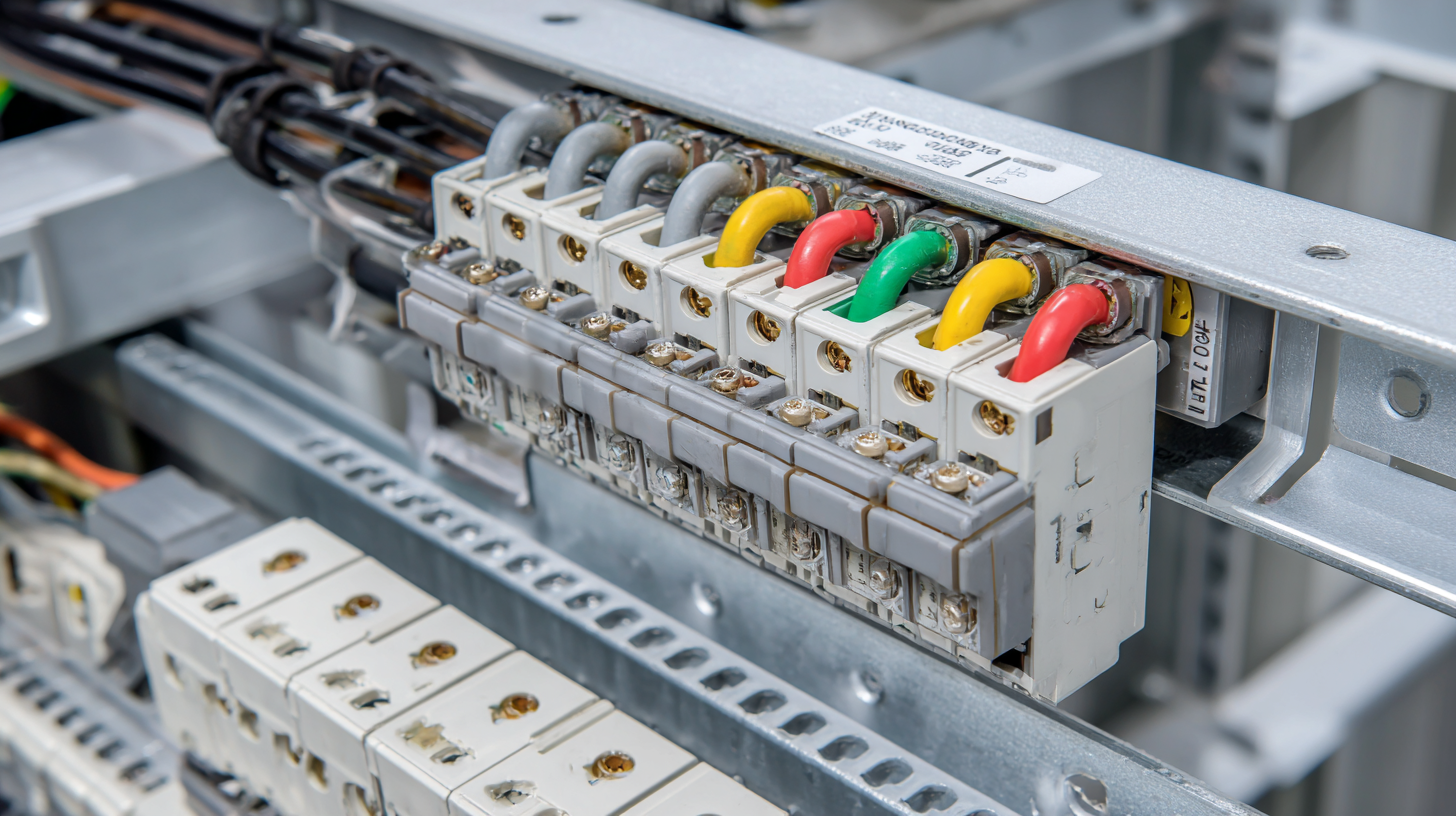
Related Posts
-

5 Essential Tips for Choosing the Right Cable Conduit That Last Longer Than 25 Years
-

10 Essential Tips for Sourcing Electric Cables Effectively in 2023
-

8 Essential Tips for Choosing the Best Outdoor Electrical Cable for Your Next Project
-

Navigating Micro Coaxial Cable Trends at the 138th Canton Fair in China 2025
-

7 Reasons Why Shielded Power Cables Enhance Electrical Safety and Efficiency
-
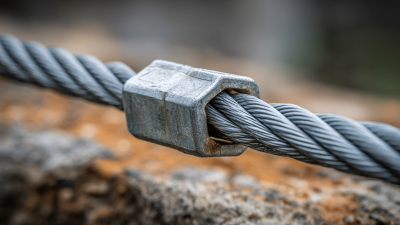
Exploring the Benefits of Shielded Power Cable for Enhanced Electrical Performance
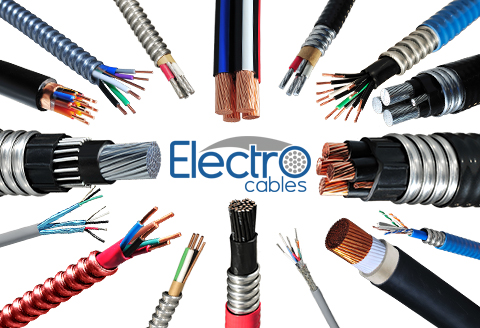
Products
Products
LEARN MORE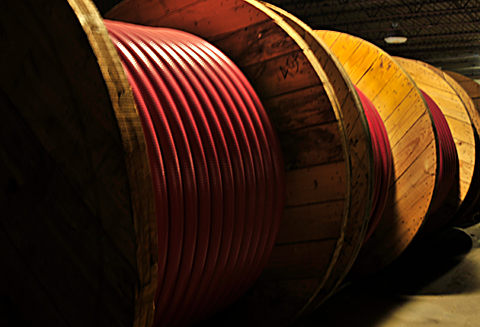
Current Inventory
Current Inventory
LEARN MORE
Custom Solutions
Custom Solutions
WE CAN HELPLighting Power & Control-Signal Cable
This content is restricted to site members. If you are an existing user, please log in. New users may register … LEARN MORE “Lighting Power & Control-Signal Cable”
LOOKING
FOR HELP?
We are here to help. You can contact us or create an account online to have access to special products, technical specifications and our new online quote tool.
ELECTRO CABLES
9 Riverside Drive
P.O. Box 276
Trenton, Ontario
CANADA K8V 5R5
N.A. Toll Free: 888-ELECTRO
(1-888-353-2876)
World: 613-394-4896
Fax: 613-394-4101
Email: sale@machinecables.com
We manufacture cables that are certified by the Canadian Standards Association (CSA), listed by Underwriters Laboratories and/or listed by Intertek (ETL).
Our quality management system is registered to ISO 9001: 2015. Our team is dedicated to consistently providing quality service and products to our customers.

© 2025 ELECTRO CABLES • SITE BY SNAP 360•
